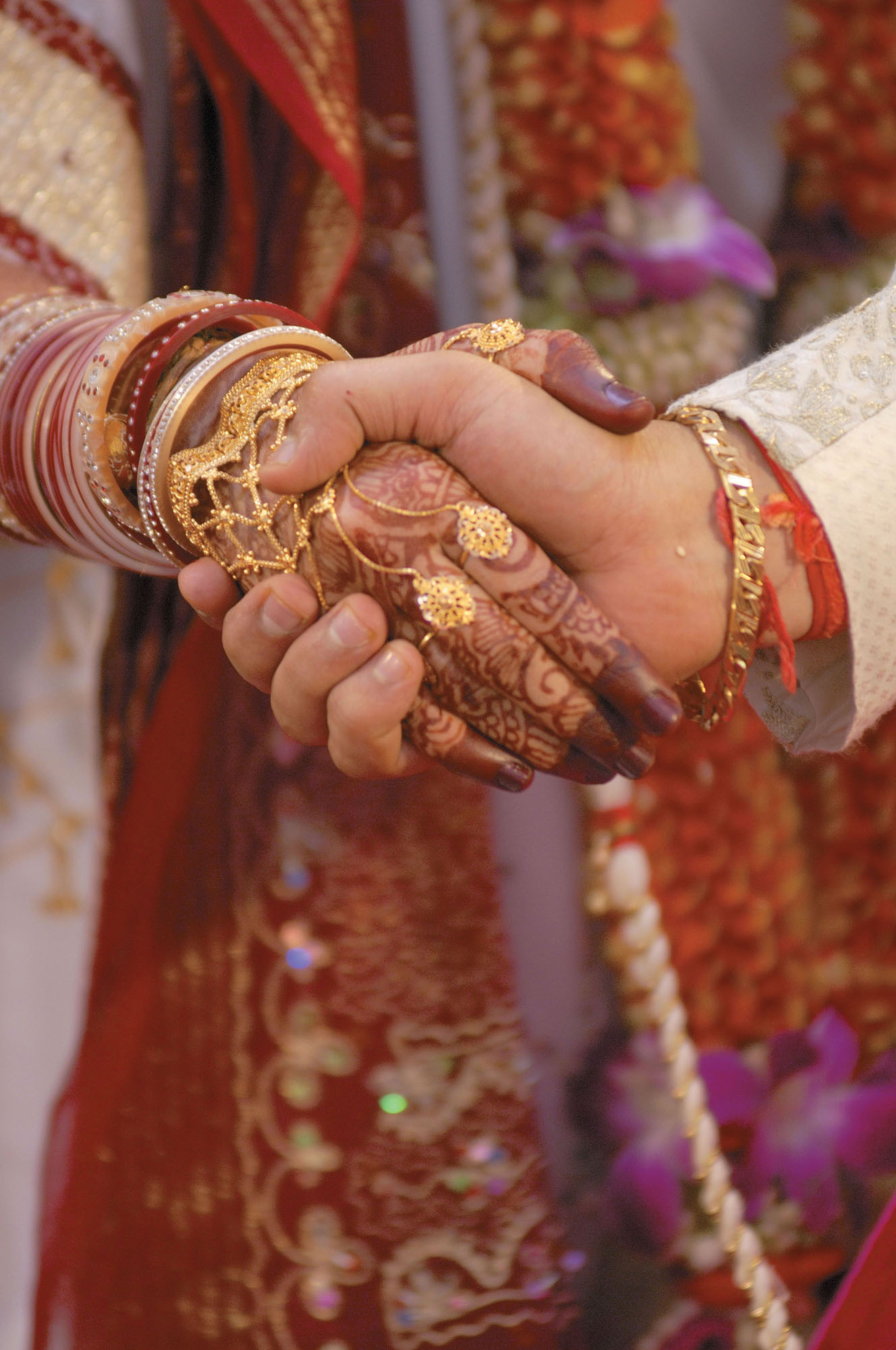Chapter 8 Marriage, Family, and Kinship

Learning Objectives
-
8Describe the three different forms of marriage and explain social or economic reasons for each.
-
8Discuss the various ways of affiliating with kin and how the systems differ.
-
8Discuss what might explain variation in marital residence patterns.
-
8Discuss what may explain the emergence of unilineal, ambilineal, and bilateral systems.
Marriage is customary in every society known to anthropologists, with only one or two exceptions. When a cultural institution is as common as marriage but apparently not absolutely essential to human survival—people can reproduce and have families without marriage—anthropologists ask why. One popular answer today might be that people marry for love.
But mere passion has in much of the world been frowned upon as the basis for as important a social contract as marriage.
We do know that the fundamental concept of marriage is nearly universal, and in this chapter we will look at it in all its forms, for how one marries, whom one marries, and even how many people a person can be married to simultaneously vary from society to society. Indeed, although each marriage usually involves one pair at a time, most societies have allowed a man to be married to more than one woman at a time, and a few have allowed a woman more than one husband. And we will explore the debate over why humans marry.
Families are unequivocally universal, for all societies have parent-child groups. The form and size of the family, however, can also vary from society to society. Extended families with two or more related parent-child groups are the norm in a majority of societies, whereas others have smaller, independent families. Marriage is not necessarily the basis for family life. One-parent families are increasingly common in our own and other societies today. Although marriage has not disappeared in these places—it is still customary to marry—more individuals are choosing to have children without being married. Yet the majority of people continue to think that marriage and family belong together.
As we will see, kin groups that include hundreds of even thousands of related people are found in many societies and have economic, socio-political, and religious functions. In fact, in noncommercial societies, kin groups were probably the most important aspect of social organization.